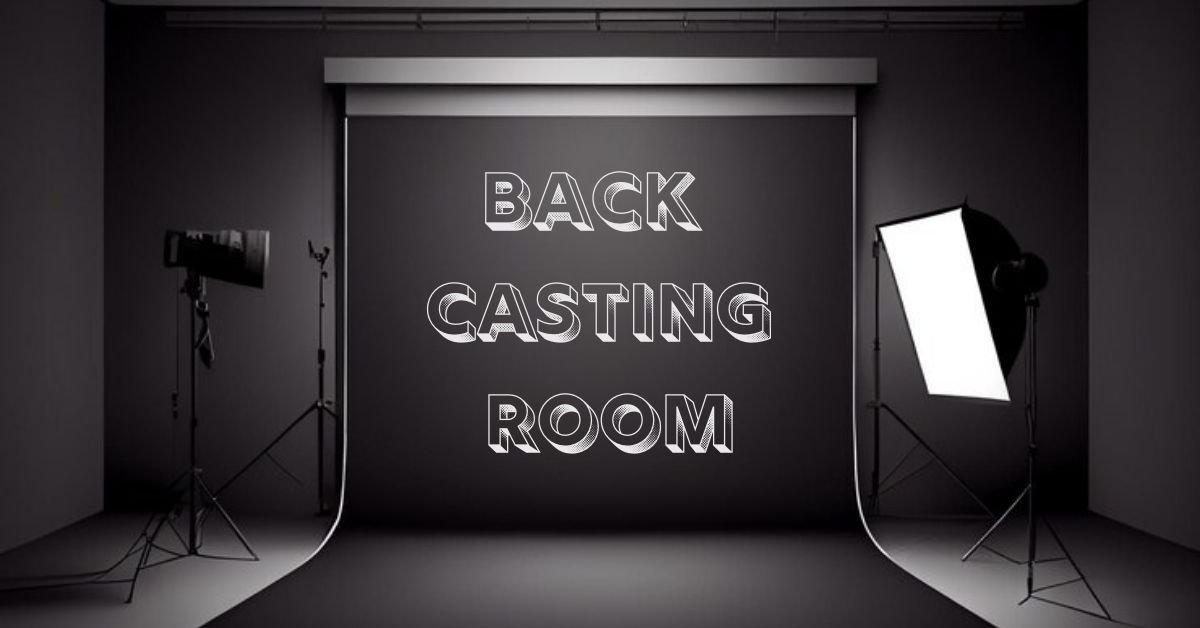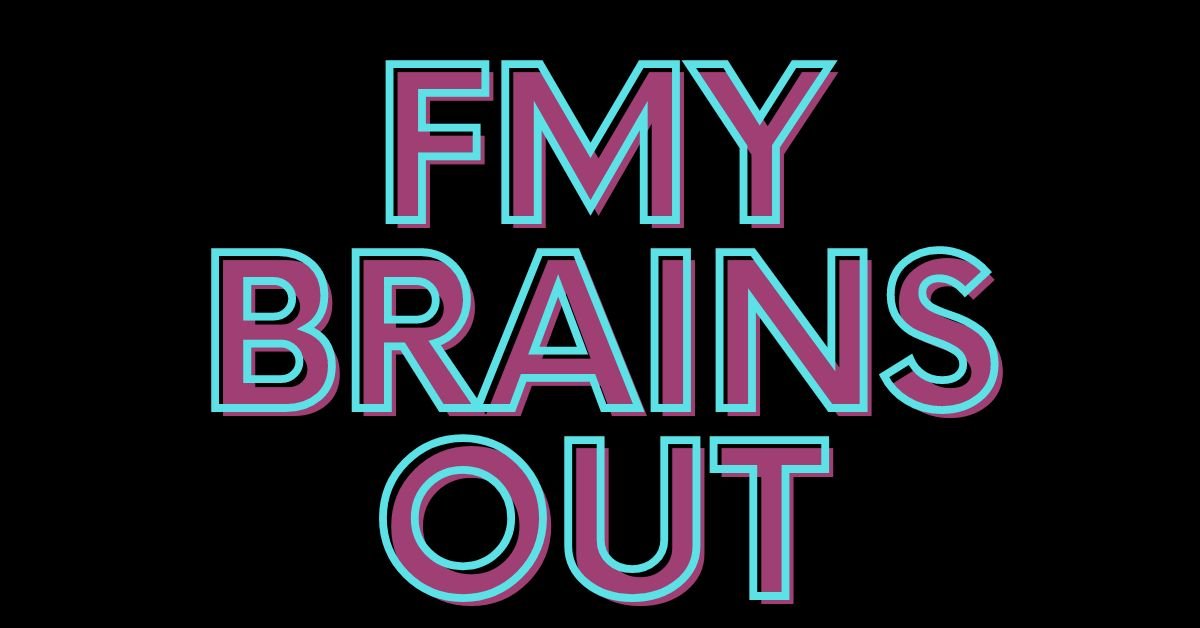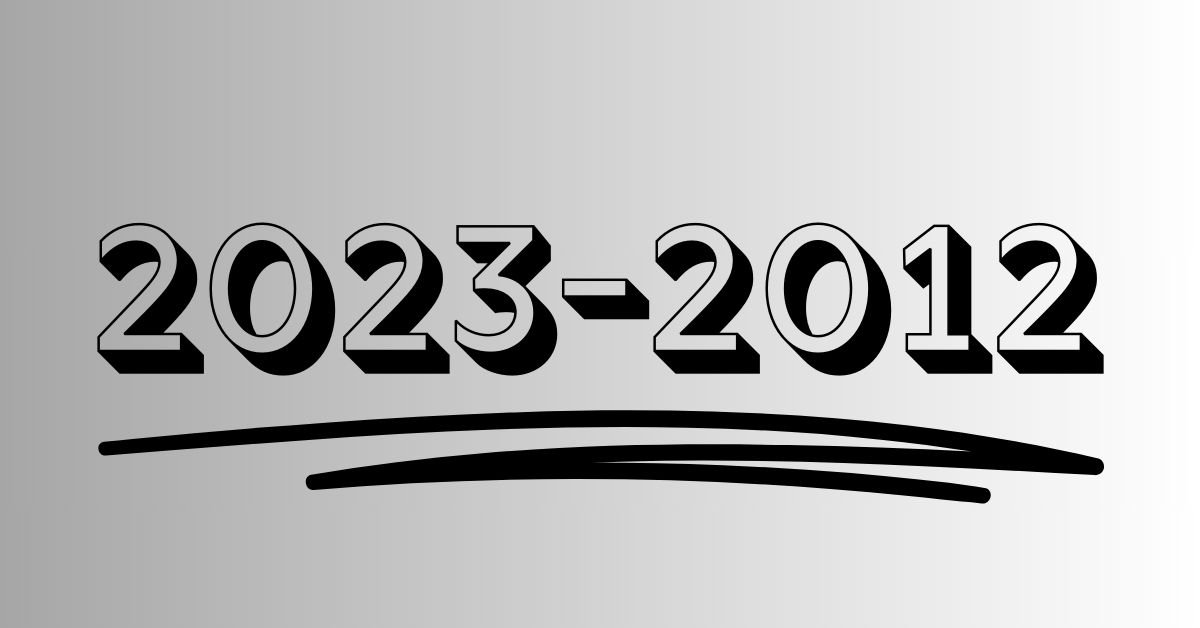The back casting room, often a hidden gem in film and theater production, is where the magic truly begins. This space, tucked away from the spotlight, serves as the nerve center for casting decisions. Here, actors are auditioned, decisions are made, and the foundation of storytelling is laid.
The Role of the Back Casting Room
In the entertainment industry, the back casting room is crucial for selecting the right talent for a project. It’s where directors, producers, and casting directors gather to review auditions and make critical casting choices. The atmosphere in this room can range from intense to exhilarating, as the fate of a production often hinges on the decisions made within these walls.
The Anatomy of a Back Casting Room
A back casting room is typically equipped with essential tools like cameras, microphones, and playback systems. These are used to record auditions and review performances. The room’s layout is designed to be functional, often featuring a stage or performance area, a table for the casting panel, and comfortable seating for actors waiting to audition.
The Casting Process: From Script to Screen
The casting process begins long before actors set foot in the back casting room. It starts with a thorough understanding of the script and the characters. Casting directors, in collaboration with the director and producers, outline the qualities and characteristics needed for each role. This process helps in identifying the ideal candidates who can bring the characters to life.
The Importance of Chemistry Reads
Chemistry reads are a vital part of the casting process, particularly in the back casting room. These sessions involve pairing actors together to see how well they interact. This step is crucial for roles that require a strong on-screen relationship, such as romantic leads or close friends. The chemistry between actors can significantly impact the audience’s connection to the characters.
The Impact of First Impressions
First impressions are incredibly important in the back casting room. The initial moments of an audition can often determine an actor’s suitability for a role. Casting directors pay close attention to how actors present themselves, their confidence, and their ability to quickly adapt to direction. A strong first impression can set the tone for the rest of the audition.
The Role of Improvisation in Auditions
Improvisation is a key skill often tested in the back casting room. Directors may ask actors to improvise a scene to gauge their creativity and quick thinking. This exercise helps assess an actor’s ability to handle unexpected situations and bring spontaneity to their performance, an essential trait for many roles.
The Challenges of the Back Casting Room
Working in the back casting room comes with its set of challenges. The casting panel must make tough decisions, often under tight deadlines. They must balance creative vision with practical considerations, such as budget and availability. Additionally, the emotional toll of rejecting talented actors can be challenging for those involved in the decision-making process.
The Influence of Typecasting
Typecasting is a common phenomenon in the back casting room. It involves casting actors in similar roles based on previous performances. While typecasting can be a safe bet, it can also limit an actor’s opportunities and stifle creativity. Casting directors must be mindful of this tendency and strive to offer actors a chance to showcase their versatility.
The Role of Diversity in Casting
Diversity and representation are increasingly important in casting decisions. The back casting room is where these considerations come to the forefront. Casting directors are tasked with ensuring that the cast reflects the diversity of the audience. This approach not only enhances storytelling but also fosters inclusivity in the industry.
The Art of Callback Auditions
Callbacks are a critical stage in the casting process, where shortlisted actors are invited back for further evaluation. In the back casting room, these sessions are more focused and often involve additional scenes or improvisation. Callback auditions give the casting panel a deeper understanding of an actor’s range and suitability for the role.
The Emotional Journey of Actors
For actors, the back casting room can be an emotional rollercoaster. The anticipation, the pressure to perform, and the uncertainty of the outcome can be overwhelming. However, it’s also a place of opportunity and growth. Each audition, whether successful or not, offers valuable experience and insights.
The Evolution of Casting Technology
Technology has revolutionized the casting process in recent years. From virtual auditions to digital portfolios, the back casting room has embraced these advancements. This shift has made it easier for actors to audition from anywhere in the world and for casting directors to review a larger pool of talent.
The Importance of Feedback
Feedback is an essential component of the casting process. In the back casting room, actors often receive constructive criticism that can help them improve. For casting directors, providing thoughtful feedback is crucial for maintaining professional relationships and supporting actors in their growth.
The Future of the Back Casting Room
The future of the back casting room is likely to see further technological advancements and an increased focus on diversity and inclusion. As the entertainment industry continues to evolve, so too will the practices and priorities within these crucial spaces. The back casting room will remain a cornerstone of production, shaping the stories and performances that captivate audiences.
Conclusion
The back casting room is more than just a physical space; it’s where the heart of a production takes shape. From first auditions to final callbacks, the decisions made here set the stage for the story to come. As the industry continues to grow and change, the back casting room will remain a vital part of the creative process, ensuring that the right talent is chosen to bring stories to life.
FAQs
What is the purpose of a back casting room?
The back casting room is used for auditioning and selecting actors for film and theater productions.
How do actors prepare for auditions in the back casting room?
Actors prepare by studying the script, understanding their character, and practicing their scenes.
What is a chemistry read in the casting process?
A chemistry read pairs actors to see how well they interact, especially important for roles with close relationships.
Why is diversity important in casting?
Diversity ensures that the cast reflects the audience and enhances storytelling by including varied perspectives.
How has technology changed the casting process?
Technology has enabled virtual auditions and digital portfolios, broadening the reach of the casting process.











